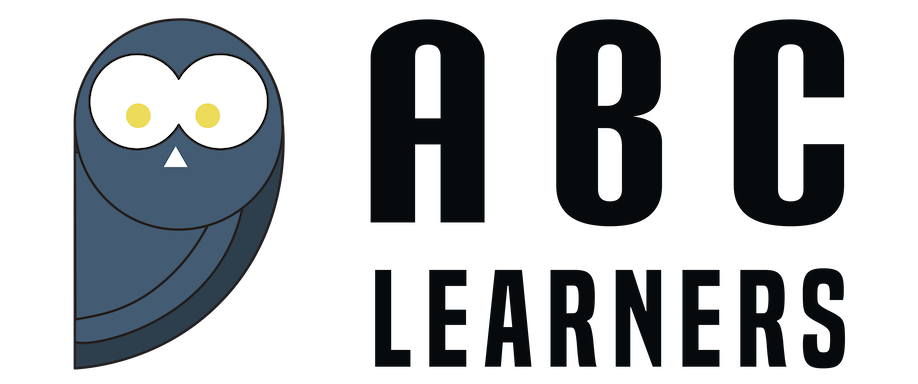- Have a question?
- +91 8076005490
- info@abclearners.in
Synthetic Phonics, a world renowned pedagogy is still fairly new in India. Hence, a lot many questions are received by ABC Learners on this topic.
We are happy to answer them all.
One such question that caught my sight was
“We use Phonics to teach our children but when to teach letter names?”
A question I am sure of many people who have started using the methodology has in mind.
The first thing that we need to understand is that it is not a grade or age related concern but a development related. We teach Phonics to develop the language skills of a child.
And
Speaking of letter names, they are not helpful in the development of early years of a child without the sounds. WHY?
Because letters are simply codes for the sounds in our speech, so they are meaningless without the help of the sounds.
They are the symbols for representation.
Representation can be done using anything
IF



p a n



…. What will be?
Above example, clearly shows how letter names are the labels and do not help in the development of language skills, rather the rot learning is encouraged using letter names only.
The first important steps towards language are to be based on the Phonics pedagogy rather than the whole language approach.
Some of you might be thinking now
Why don’t we teach them together?
The answer is mere two words: Cognitive Load.
When we teach the both the sounds and the letter names together it becomes a novel task. This is a huge cognitive load on a child.
For a beginning learner, identifying the sounds in a word, reading left to right, making letter shapes and even remembering a letter name is a novel task.
We all have seen in class that few of the children struggle to read and write. It’s because a child with weak memory struggles with excess of cognitive load on the mind. It is advised to postpone the letter names till necessary. Hence, giving the child the time to write and read far better than the chronological age.
Initially, teaching letter sound correspondence without the letter names
In the very beginning child need to learn letter sound correspondence for reading and spelling. When a beginning reader is learning about the letter sounds the squiggles we make and use to represent the letter sounds are to be called as ‘letters’. It doesn’t mean to use the specific letter names but a generic term called ‘letter’ for the symbols of those sounds.

When the child is writing teacher can

We have seen, why not to go with the letter sounds but again when to go with them?
When the student has gained the knowledge about the sounds, letter names become important. Research indicates that letter name teaching will strengthen letter sound knowledge for the child.
The need of letter names
- Alternatives come in learning
Start with letter names as soon as you want to start with the alternative spellings. After completing the sounds, biggest issue comes to make the child understand that the long vowel sound /ai/ can also be written as ‘ay’, ’a_e’ etc. Merely saying that two letters combination is not sufficient to that curious mind. One must name the vowel, that are to be combined and represented as one sound.
The same can be true for the sound /k/, which has three major alternative i.e. ‘c’, ‘k’, ‘ck’. The difference comes as ‘c’ is used with vowels a,o,u and ‘k’ with i,e,y and ‘ck’ combined when we have the sound at the end of an short vowel sound. To make a child understand this concept of ‘ck’, will be, greatly helped if the child is aware of letter names.
- To talk about capital letters
If you are using the Jolly Phonics approach than shifting to capital letters might be confusing for a child. It also helps a child when you are teaching them to read various fonts.
- Communication of spellings
Have you ever had a situation in class where you had to ask a spelling of word ‘night’ and you get responses like nite, nyt, night.
How will you correct the child without knowing about the letter names that time?
When you ask the child to spell their names they will sound them out to you or spell using the letter names. Hence, after the knowledge of letter sounds letter names become essential.
- To teach homophones
When you have two words with the same sounds and different spellings it becomes important to present them with the support of letter names.
How Do You Teach Letter Names
The best way is to follow the Synthetic Phonics program that you are using. Usually in Jolly Phonics U.K. letter names start after we finish up with the 42 sounds. It’s better to follow the Phonics Program instructions for the learning of letter names.
To teach the letter names many activities can be found in the ABC Learners manuals.
When the accuracy is gained for those 26 letters come to the letter sounds. Though 26 letters are present but a child needs to learn those sounds and the spelling alternatives as they are the key of reading and writing the language.
